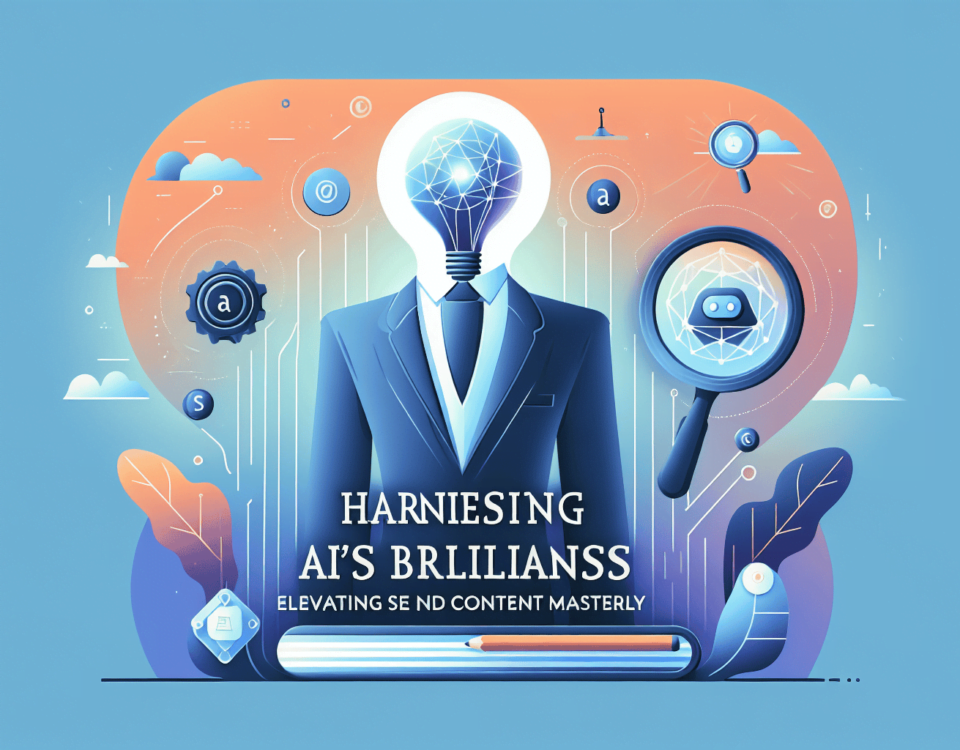The Role of Humor in Educational Enhancement
Education is an essential asset in life, with power to transform destinies and mold future generations. In a world of increasing distractions and digital noise, educators are facing unprecedented challenges in capturing the attention of students. Humor has emerged as a secret weapon in the learning landscape—a tool not just to entertain but to enhance cognitive connections.
It’s been supported by studies that laughter and amusement can create a positive learning environment. According to a study in the journal “Humor,” student engagement and learning outcomes improve when instructors use humor appropriately. Delving into cognitive science reveals that laughter can trigger the release of dopamine, which not only makes us feel good but can also enhance memory and information retention.
Robyn D. Shulman’s account of her experience as a teacher aligns with these findings. When students could relate personally to the material or enjoyed a good laugh, their responsiveness shot up. Integrating humor into education stirs curiosity and helps to bridge the gap between disinterest and engagement, especially for those with shorter attention spans.
Crafting Engagement Through Humorous Illustrations
Visuals speak volumes—they can tell tales, evoke emotions, and, significantly, make us laugh. Sofia Fenichell’s startup, Mrs. Wordsmith, recognized the potential of humorous illustrations. The Storyteller’s Illustrated Dictionary and associated materials are replete with whimsical drawings that make vocabulary acquisition not just a necessity, but a delight for children.
This movement is not isolated to education but can be witnessed across various sectors, including business. Illustrated humor forms an immediate connection, breaking down complex concepts into digestible and relatable content. The whimsy captured in these visuals can transform seemingly mundane subjects into captivating narratives.
As Armstrong captures in his illustrations, a juxtaposition of a beguiling character and a word to be learned results in a sticky memory. The playful nature of these images can serve to imprint new knowledge in a comfortable setting, demonstrating the power of artful humor in educational content.
Humor’s Impact on Audience Receptiveness
The idea that ‘a happy audience is a receptive audience’ underpins the philosophy of using humor as a strategic communicative force. When individuals are enjoying themselves, they are more open to receiving information, more likely to participate actively, and more inclined to hold a positive view of the content presented.
For instance, in marketing and advertising, incorporating humor can increase the likability of a product and brand. Laughter can serve as an icebreaker, subtly lowering the audience’s guard and facilitating a deeper connection. It’s a subtle dance between attention and information, where humor is the leading partner.
Comedian and business communication consultant, David Nihill, once pointed out that humor makes you more approachable and relatable. The warmth that comes with a genuine smile can be a powerful ally in any business or educational setting, turning passive listeners into active engagers.
Balancing Educational Content with Humorous Elements
While humor serves as an effective tool to boost engagement and learning, balance is the key. The primary goal must always remain on the learning objectives; humor is the vehicle, not the destination. It requires a nuanced understanding of the audience and the subject matter to employ humor without it overshadowing the core message.
It’s essential for content creators and educators to determine when humor aids the learning process and when it may become a distraction. The judicious use of humor can enliven the most tedious subjects, but its misuse can derail the learning process. This balancing act is crucial for ensuring that humor complements rather than commands the educational narrative.
Consider Mark Armstrong’s illustrations as a case study. They strike a chord because they appeal to the intellect and the affable nature of his audience simultaneously. They make learning an enjoyable journey but do not lead learners astray from the pathway of knowledge acquisition.
Measuring the Success of Humor in Learner Retention
To justify the use of humor in education and business, one must look at its effectiveness in terms of learner retention and overall impact. The metrics go beyond anecdotal evidence; they demand empirical data to validate the approach.
Research, like that quoted from the journal “Humor,” provides empirical support for the claim that humor affects memory retention positively. Furthermore, the humor-infused Mrs. Wordsmith program’s success reflects in its growing user base and the testimonies of enriched vocabulary within a youthful demographic not easily impressed by traditional methods.
Ultimately, the yardstick for measuring the success of humor involves assessing the longevity of the information retained and the positive reception of the content delivered. These educational experiences, humor-enriched and engaging, can lead to profound ripple effects in knowledge retention and real-world application.
Incorporating humor in education and business is not merely a whimsical choice; it’s a strategic decision with tangible benefits. When executed with finesse, it can be the thread that sews together a spectrum of ideas, making them coherent, relatable, and memorable. With the potency to transform dull lessons into dynamic interactions, humor becomes an ally in building knowledge that endures and a business that connects.




